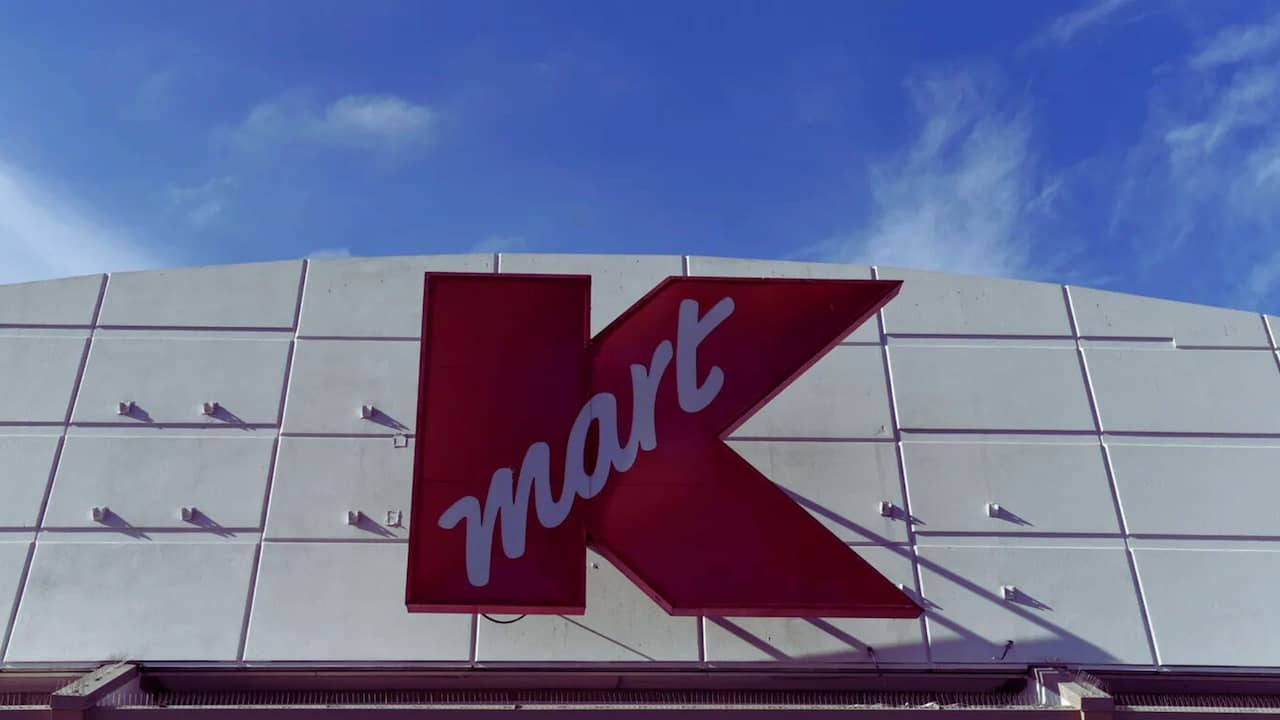The Blue Light Fades: Kmart’s Last Full-Sized Store Closes in the Continental US
As a seasoned retail reporter, I’ve witnessed many changes in the industry. But nothing quite prepared me for the scene I encountered this past Sunday night in Bridgehampton, New York.
There, amid the upscale boutiques and trendy eateries of the Hamptons, the last full-sized Kmart in the continental United States closed its doors for good.
Kmart, once a retail powerhouse, has been on a steady decline for years. But this closure marks the end of an era, leaving just one mini Kmart in Miami and a handful of stores in U.S. territories as the last remnants of a once-mighty empire.
The Final Countdown
As I walked through the nearly empty aisles of the Bridgehampton store, the air was thick with nostalgia. Shoppers, some who had been coming here for decades, grabbed the last discounted items off the shelves. Signs announcing “Everything Must Go!” replaced the iconic “Blue Light Specials” that once drew crowds.
One long-time customer, Sarah Thompson, shared her memories: “I remember coming here as a kid with my mom. We’d spend hours looking for deals. It’s sad to see it go.”
A Retail Giant’s Fall
Kmart’s decline is a textbook example of how quickly fortunes can change in the retail world. At its peak, the company boasted over 2,000 stores across the U.S. The catchy “Attention Kmart shoppers!” announcements were an integral part of the American shopping experience.
But the retail landscape shifted. Online shopping boomed, and consumer habits changed. Kmart struggled to keep up.
In 2005, the company merged with Sears in a deal worth $11 billion. Eddie Lampert, the hedge fund manager, led the move with the intention of saving both brands. Instead, it seemed to hasten their decline.
The numbers tell the story.
The statistics paint a grim picture:
- Over 3,500 Sears and Kmart stores closed in the past 15 years.
- About 250,000 jobs were lost.
- In 2018, the combined company filed for bankruptcy.
- By 2024, only a handful of stores remain.
What Went Wrong?
Retail expert Jane Adams explains: “Kmart failed to adapt. While competitors invested in e-commerce and store upgrades, Kmart seemed stuck in the past. They failed to adapt to the evolving preferences of consumers.
This failure to innovate left Kmart vulnerable as online giants like Amazon grew and other big-box stores modernized.
The Human Cost
Behind the numbers are real people. Tom Garcia, a former Kmart manager, shared his experience: “I worked for Kmart for 20 years. It was more than a job; it was a family. Seeing it all disappear is heartbreaking.”
Thousands of employees like Tom have had to find new jobs as stores closed across the country.
What’s Next for Bridgehampton?
The Bridgehampton Commons won’t stay empty for long. Target, a company that has successfully navigated the changing retail waters, will take over the space.
Local business owner Mary Chen sees this as a positive change: “While it’s sad to see Kmart go, Target might bring more foot traffic to the area. That could be beneficial for all of us.”
The Last Stand in Miami
For those seeking one last Kmart experience, a mini version remains open in Miami. However, it stands in stark contrast to the expansive stores of the past.
David Rodriguez, a Miami resident, says: “It’s tiny compared to what Kmart used to be. But I still shop there sometimes, mostly for nostalgia.”
Learning from Kmart’s Mistakes
Kmart’s story serves as a warning to other retailers. In today’s fast-paced market, companies must:
- Invest in online presence.
- Keep stores updated.
- Listen to customer feedback.
- Adapt quickly to trends
Firms that ignore these lessons risk following in Kmart’s footsteps.
A Bittersweet Farewell
As the lights dimmed for the last time in Bridgehampton, I couldn’t help but feel a sense of loss. Kmart wasn’t just a store; it was a part of American culture.
But as one chapter closes, another begins. The retail world keeps turning, with new players rising to take the place of fallen giants.
For now, we bid farewell to the blue light specials, the wide aisles, and the “Attention Kmart shoppers!” announcements. They’ll live on in memory, a reminder of a simpler time in American retail history.
James Powel is a retail correspondent for USA TODAY, with over 15 years of experience covering the ever-changing world of American shopping.
Table of Contents
